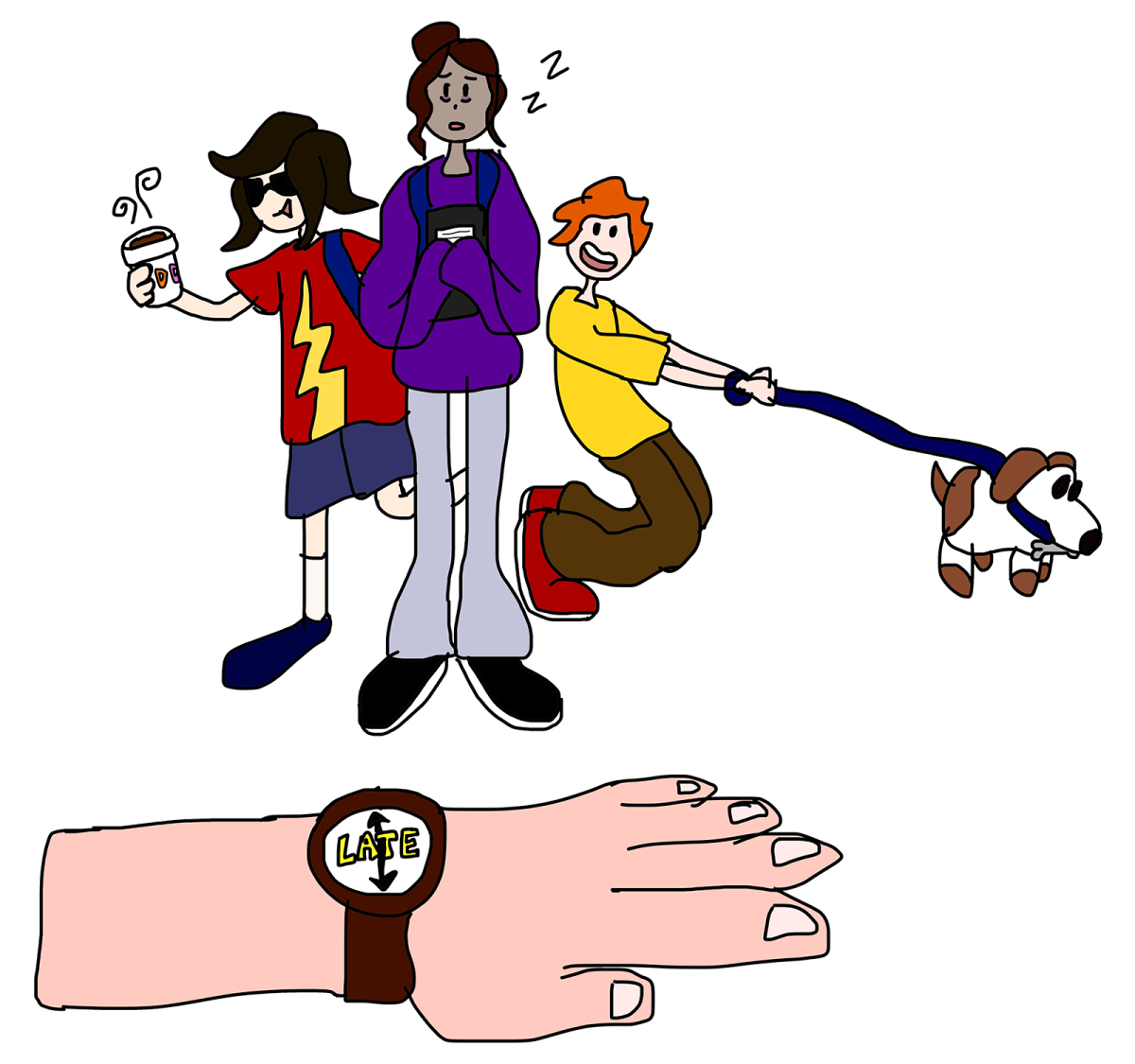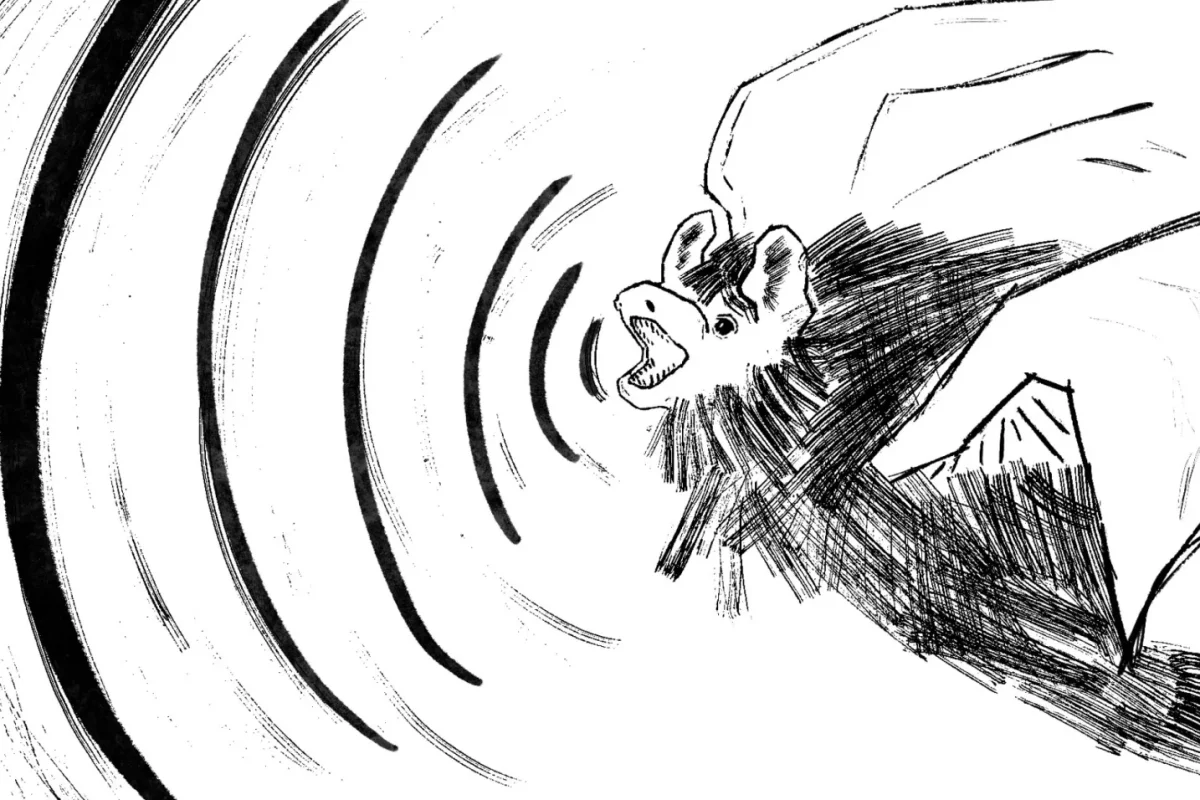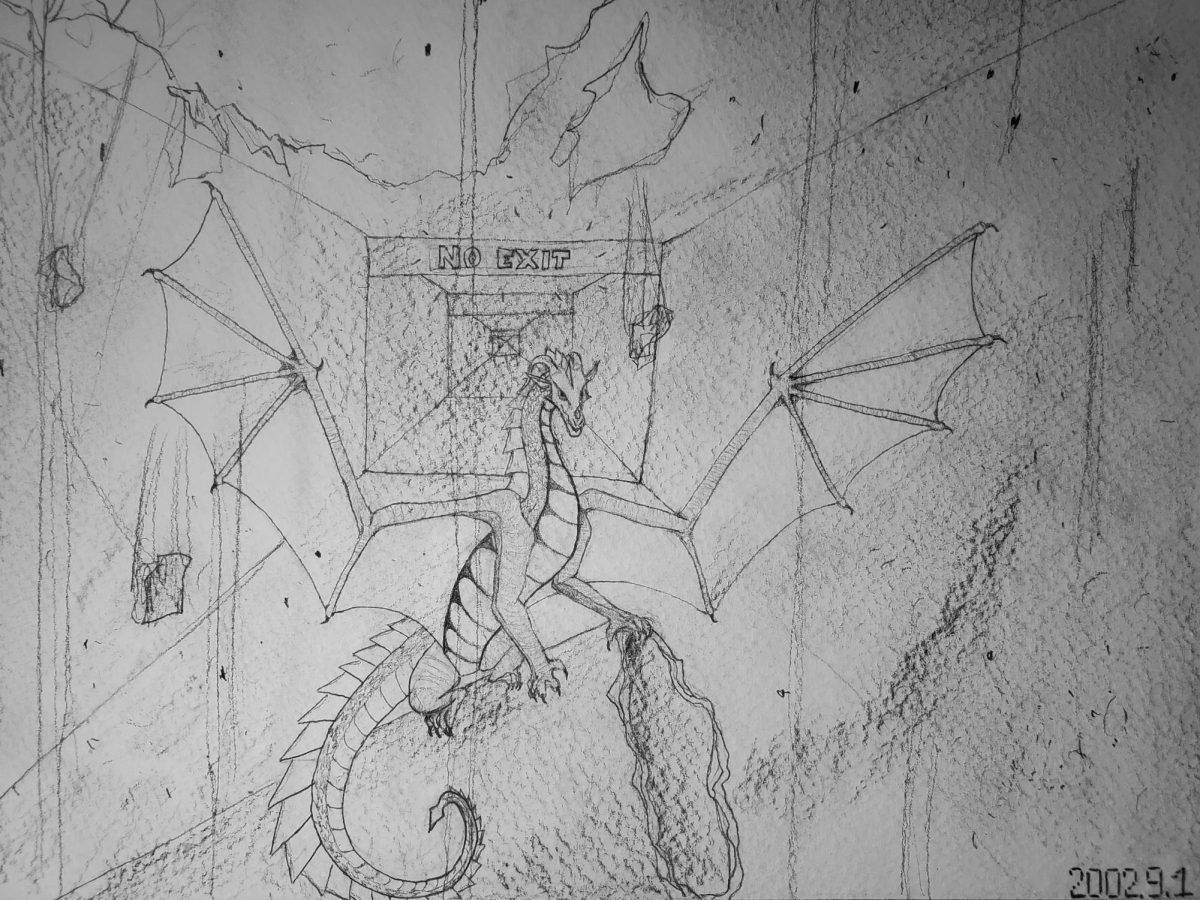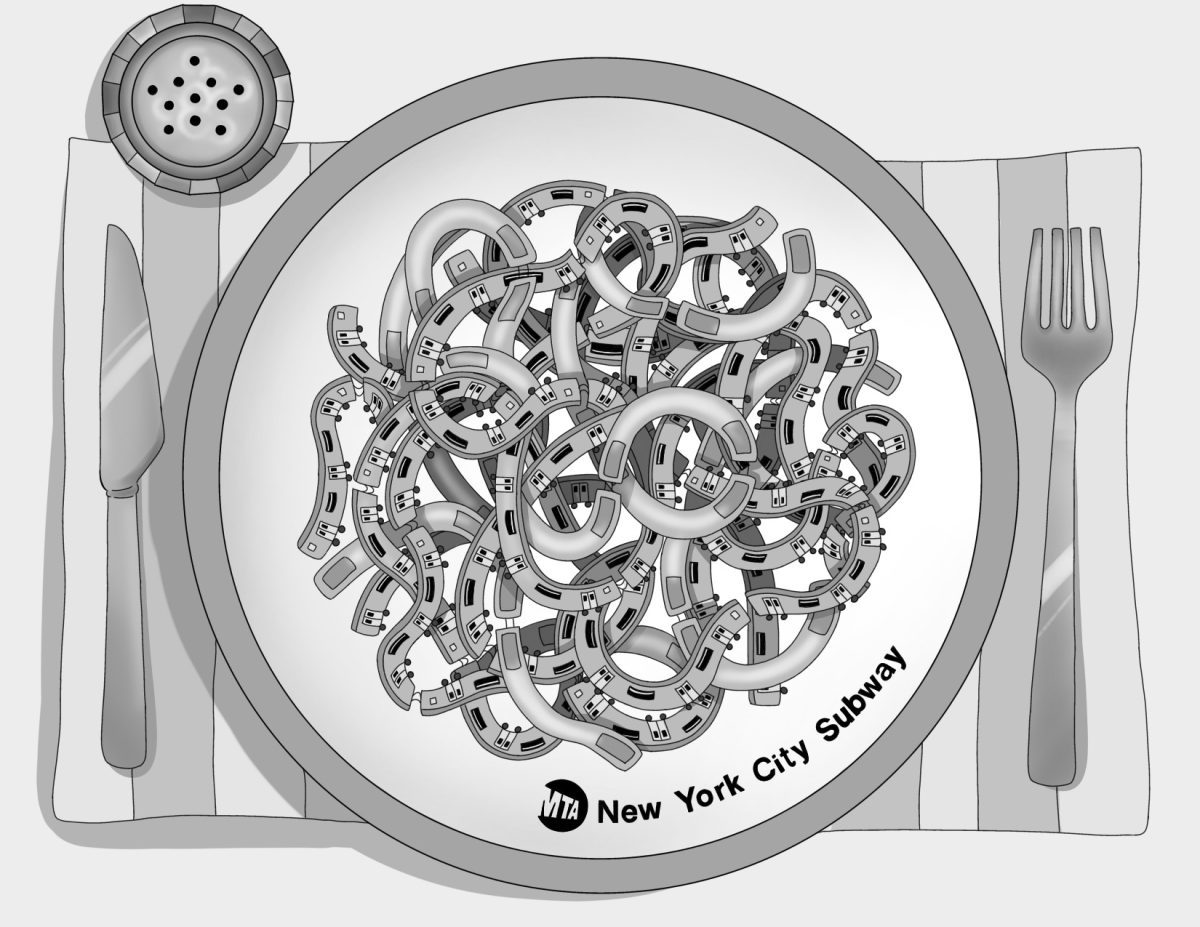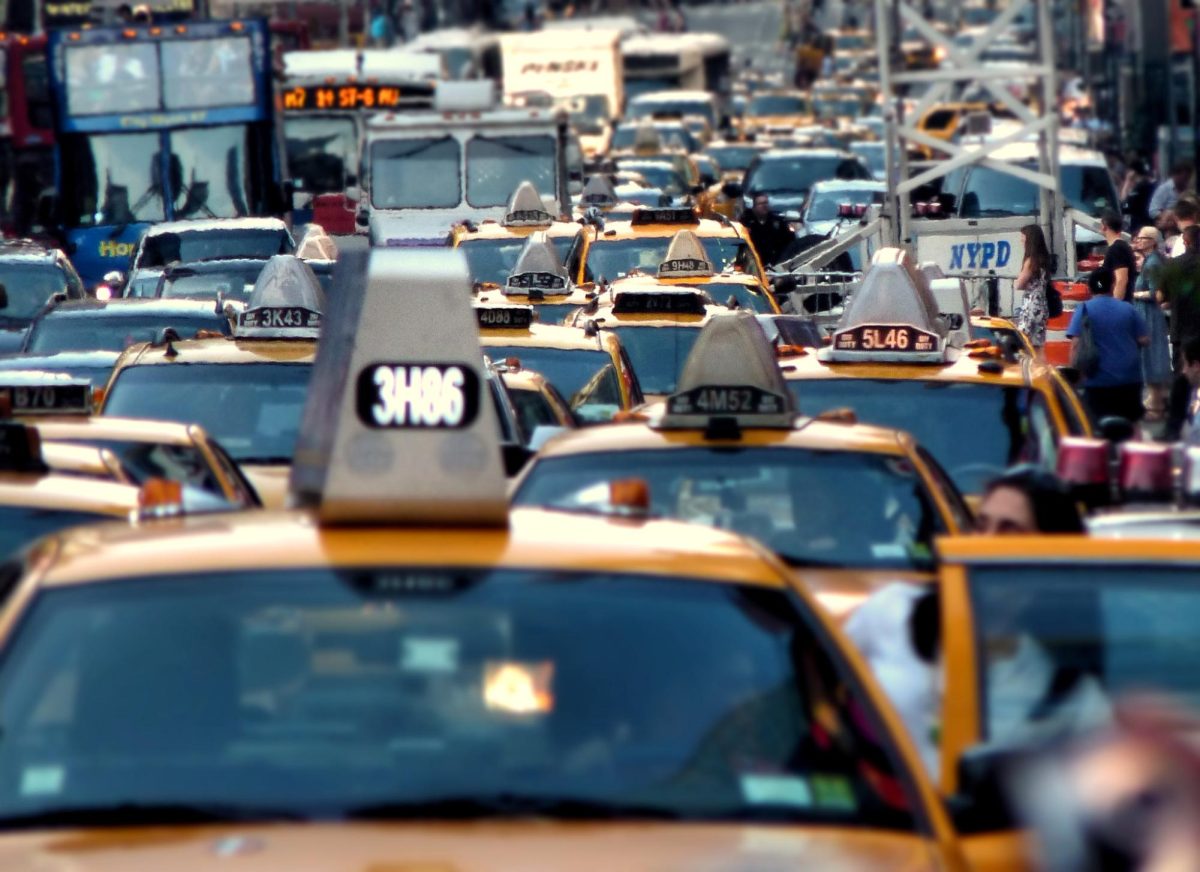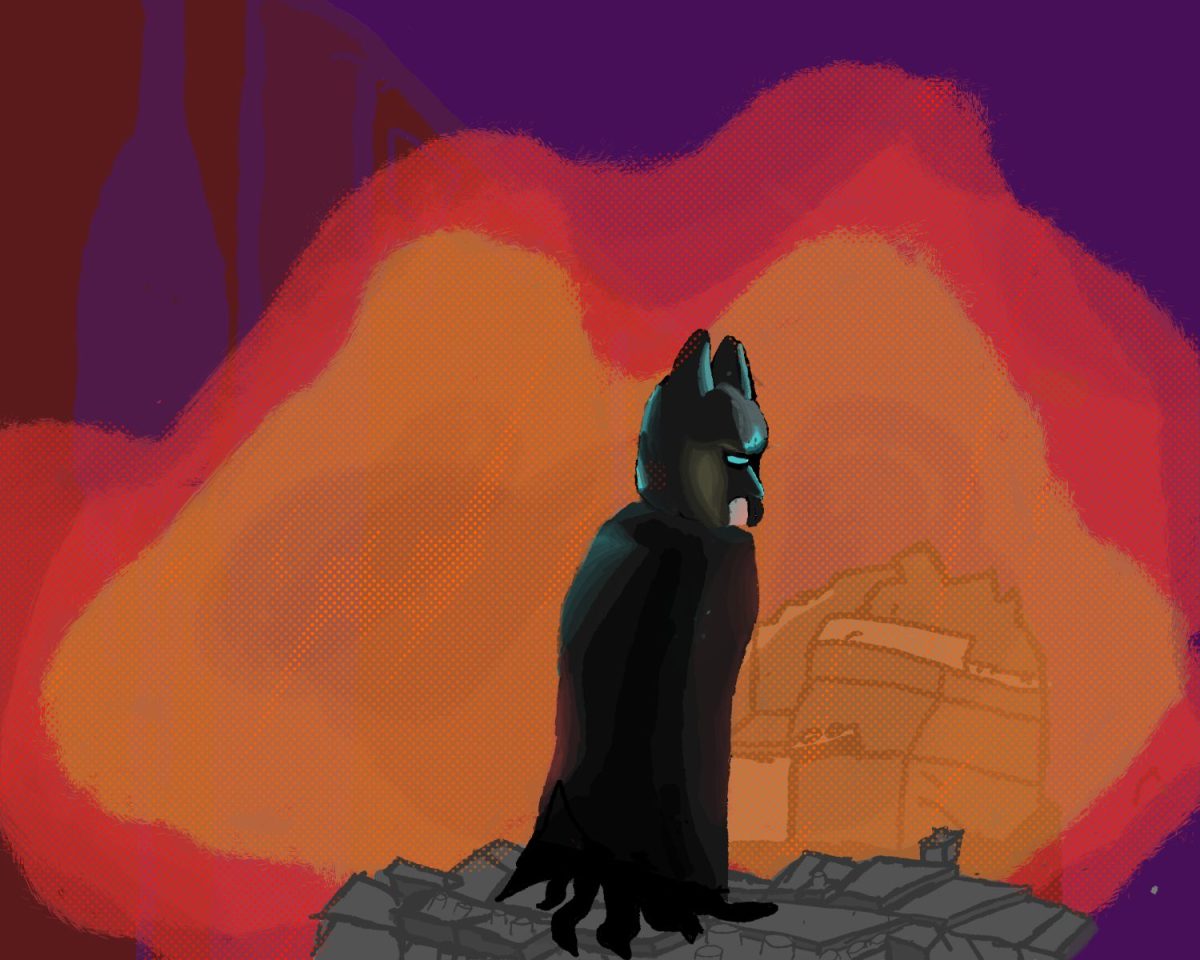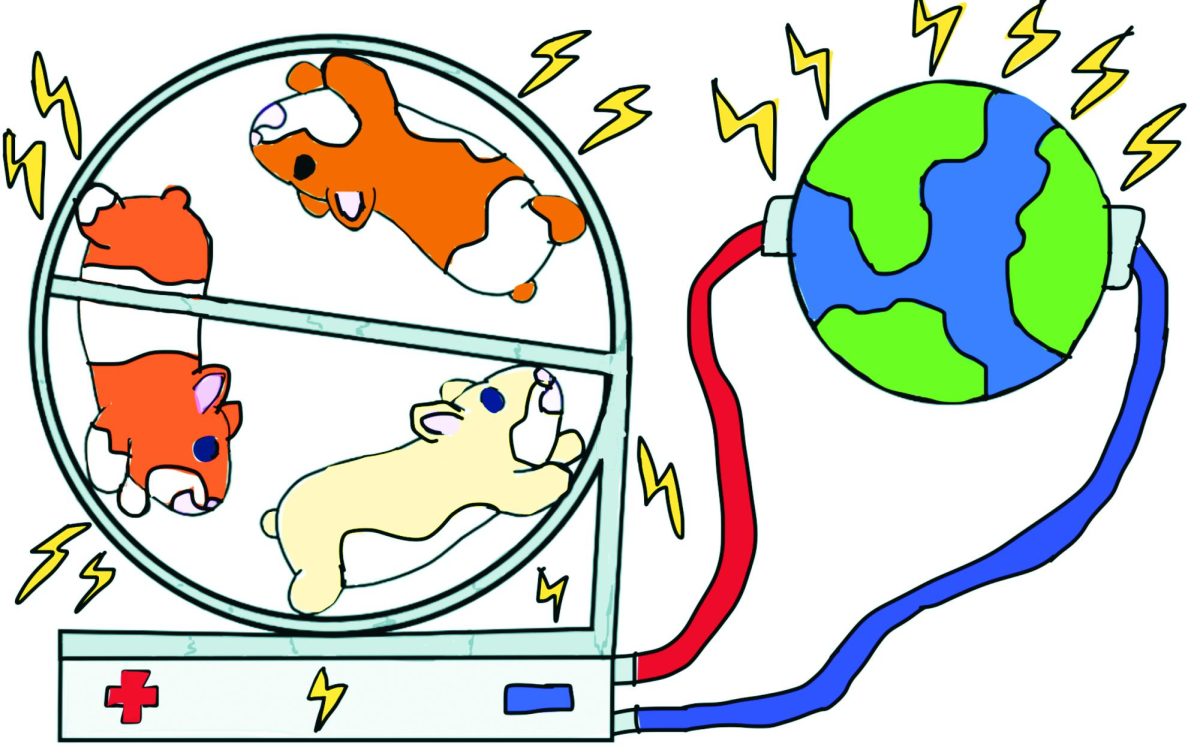Picture a hamster on its wheel running tirelessly to power a small LED light bulb. It’s mostly seen as a gimmick, utilizing the nature of the hamster as an energy source to power something small. But imagine a world where we expand on this idea: a world that’s solely reliant on hamsters as its source of energy. In an era marked by the growing demand for renewable energy sources, it’s not inconceivable that we might explore more unconventional options. However, given the relatively low energy output of hamsters, an interesting question arises: just how many would it take to power the entire world?
To understand the true potential of hamsters as a power source, we need to establish how much energy a single hamster can produce. Using the most common estimate, the average energy a hamster could produce is 0.5 watt-hours. To put this into perspective, it would take over 22 million hamsters to power the average single house at peak conditions (if all the hamsters are running and at maximum energy). In order to ensure the hamsters have time to sleep, eat, and drink, several rotating groups of hamsters would be needed. If each hamster could run nonstop for 5 hours before needing a rest, 5 groups of hamsters would give each group over 20 hours to rest from their 5 hour runs. While this might seem excessive, rest would ensure peak energy levels and consistent energy production. It would take over 110 million hamsters to power the average house using this five group model, which makes powering the world seem like an impossible task. The human population consumes energy on an unimaginable scale, over 25,000-terawatt hours each year or 2.5×1016 watt-hours. Dividing it by 0.5 watt hours and multiplying by 5 for the groups gives us the number 2.5×1017 hamsters, or 250 quadrillion hamsters. This is over 4 billion times more hamsters than we currently have Earth, an estimated 57 million. But even if we could theoretically get this many hamsters, the even greater issue of space would arise.
How much space would these hamster wheels take up exactly? Assuming a standard hamster wheel is around 1 foot/30 centimeters in diameter, we can estimate the space required for each wheel. Taking into account the space required for the hamster to move comfortably, a conservative estimate of 1 square foot/0.09 square meters per wheel is reasonable, but a square foot of space for each of the 250 quadrillion hamsters would require an astronomical amount of space. If the hamster wheels were arranged right next to each other, they would take up 232 trillion square meters. This number is hard to visualize, but the “hamster farms” would be so large that you couldn’t fit them on the surface of Mars, which has a surface area of 144.8 trillion square meters. They would be impossible to fit on any landmass on Earth, even by stacking several hamster wheels on top of each other to save space and dividing the number by five if the hamsters in the five groups share one wheel. Even disregarding food costs and the logistics of transporting this energy around the world, it would seem to be that the dream of a world solely powered by hamsters is shattered.
It’s clear that humanity does not have the resources or area to utilize such a powerful and efficient source of energy. Despite this setback, it’s still important to explore and promote other more effective and sustainable sources of energy at a time when our future requires it. Our generation has the opportunity to still save the world through discovering and searching for a new source of energy that could revolutionize the future of energy. Perhaps we’ll even be able to find another way to harness energy from our rodent friends. The hope of hamsters powering the world might be far in the future, but the hope of a world powered by more effective and sustainable energy is just in reach.





